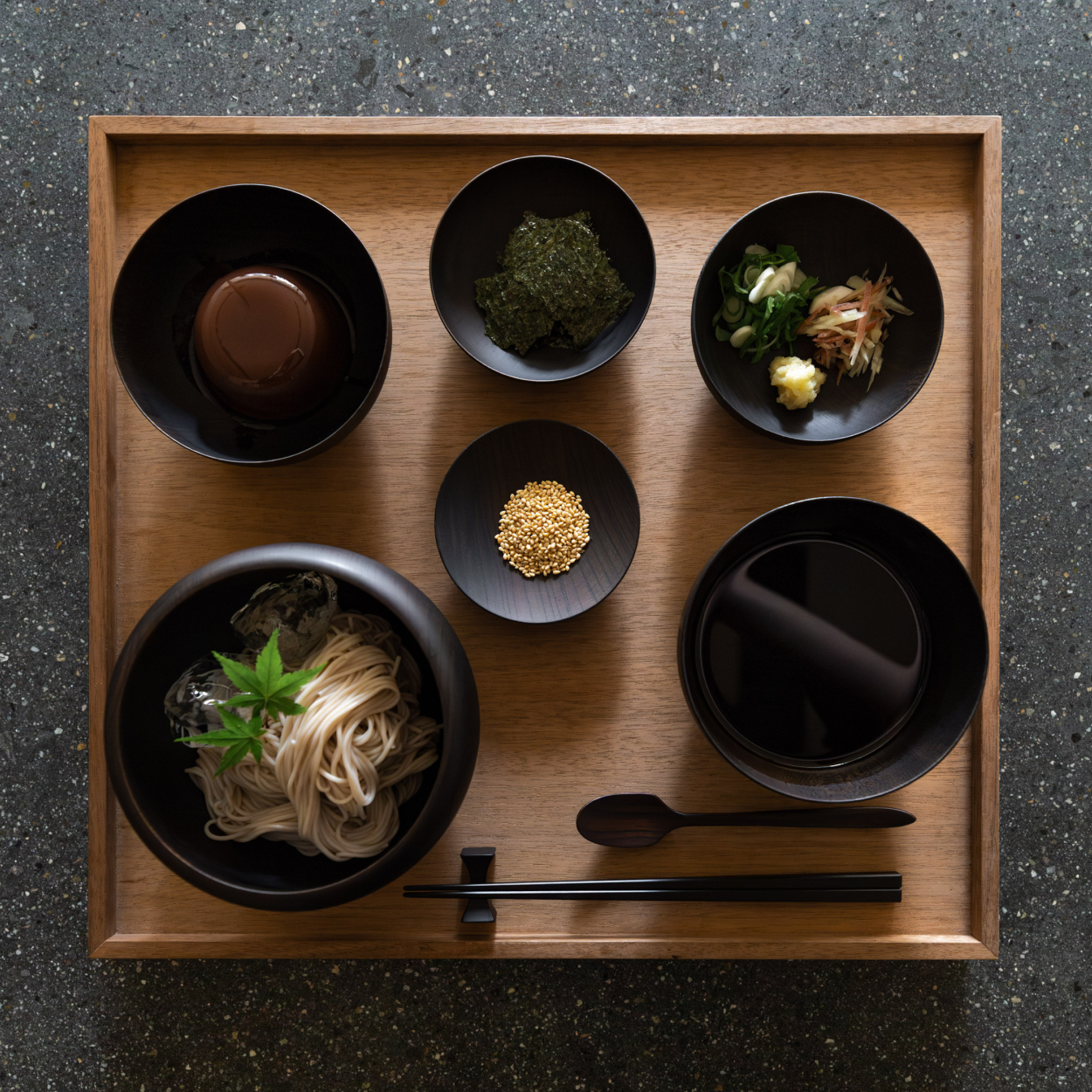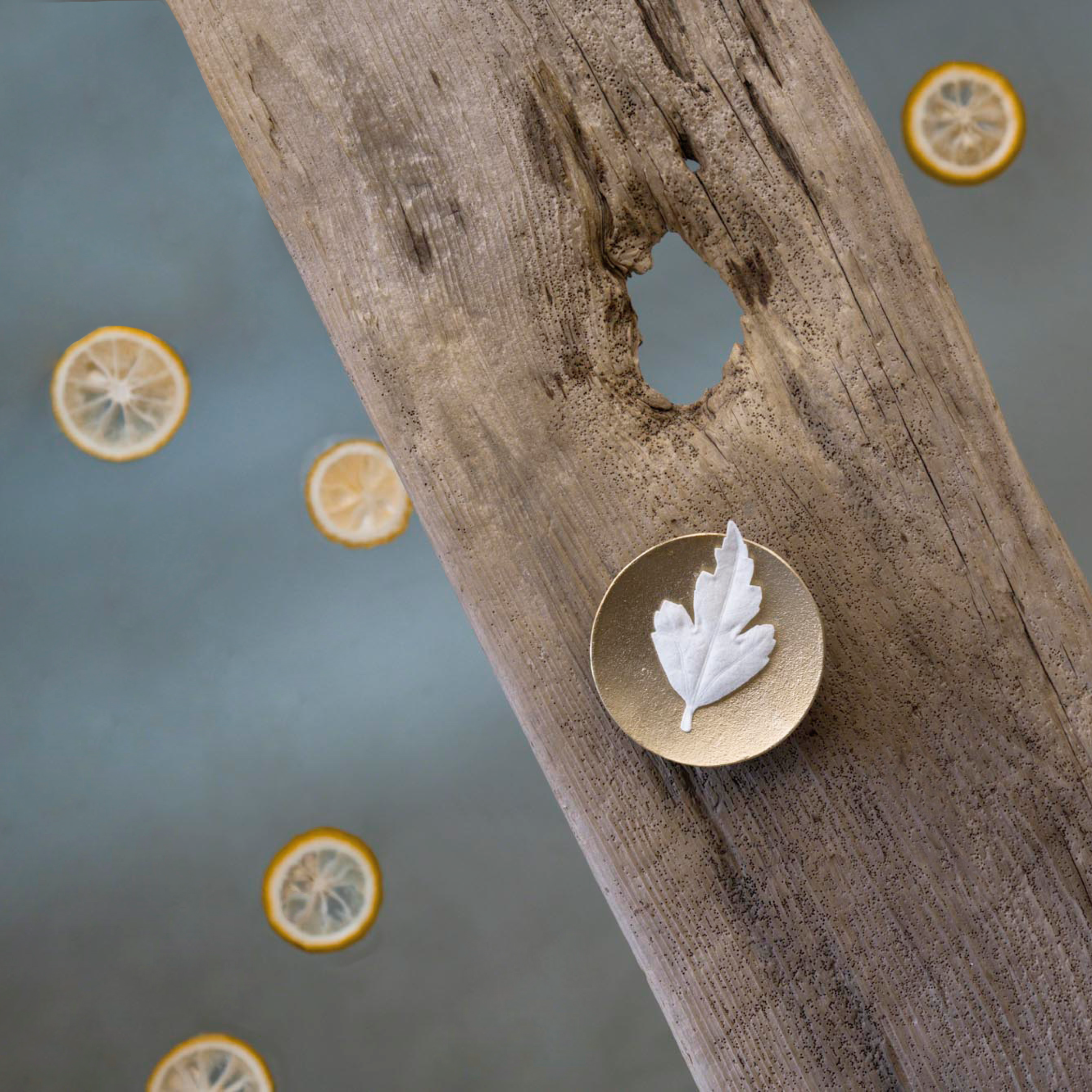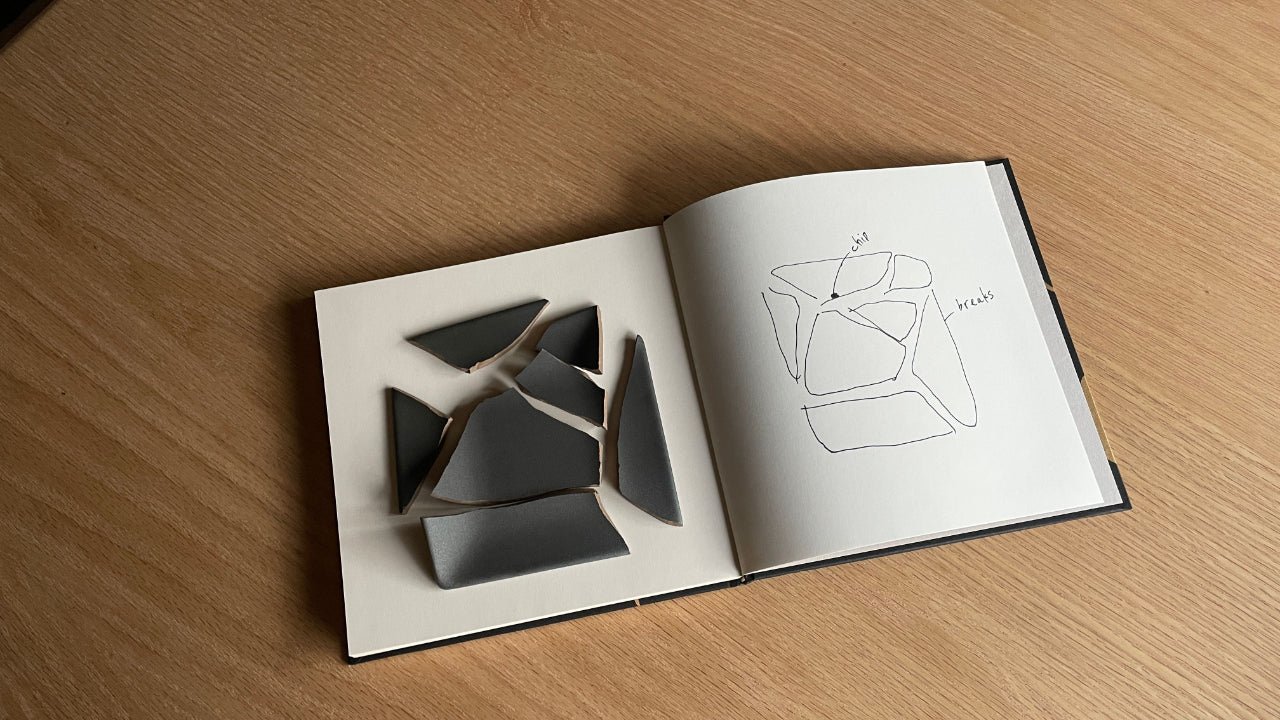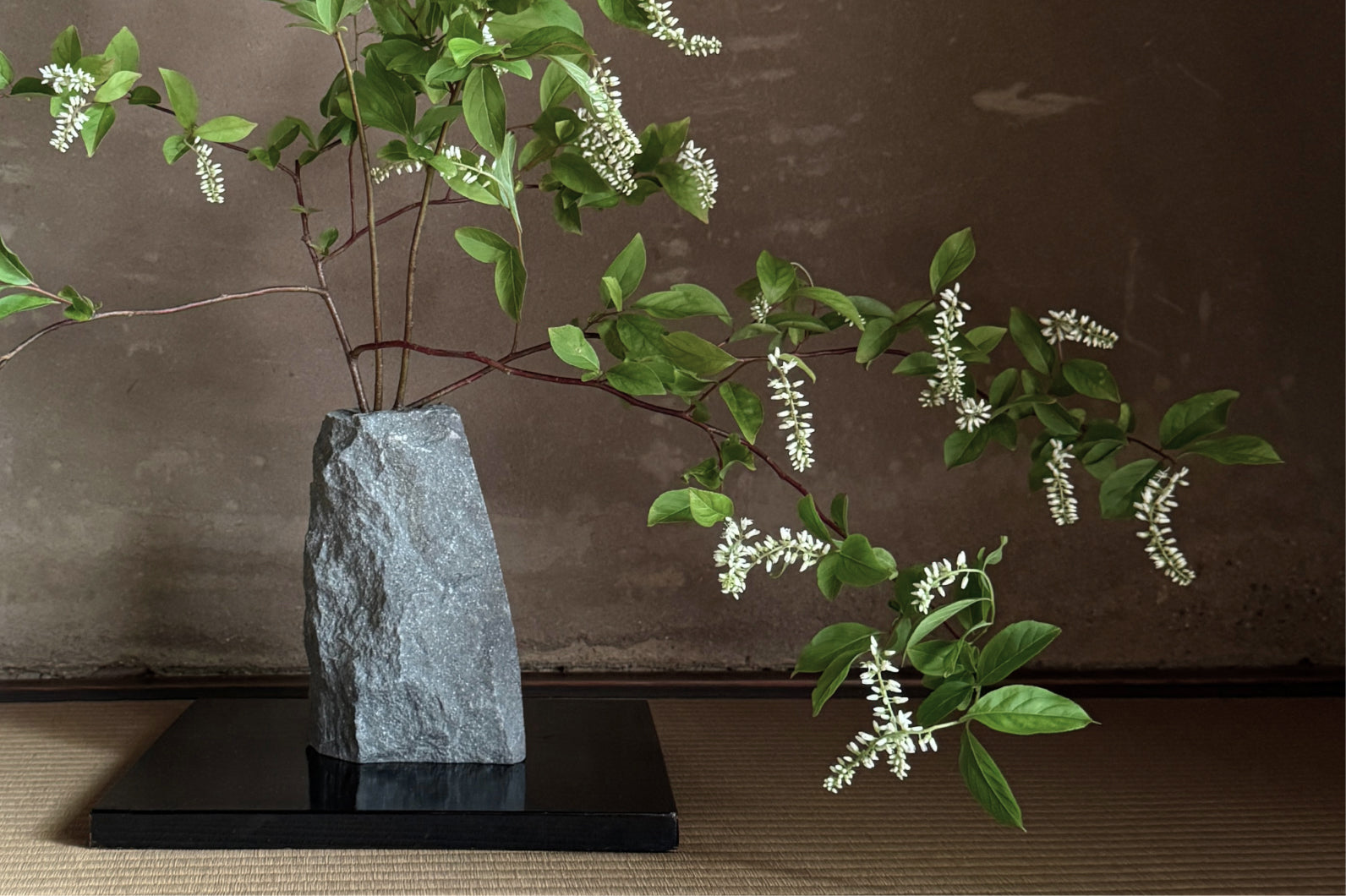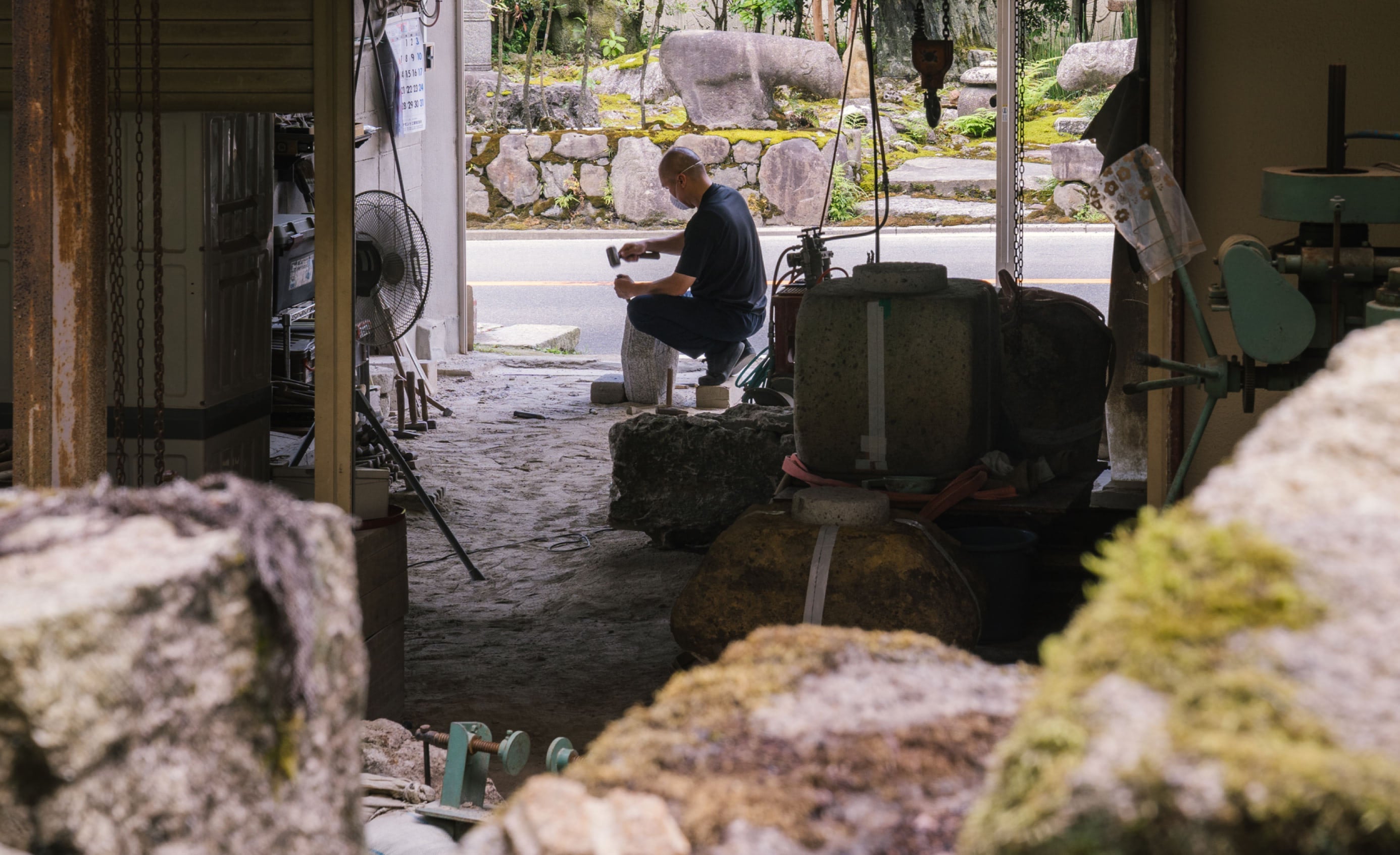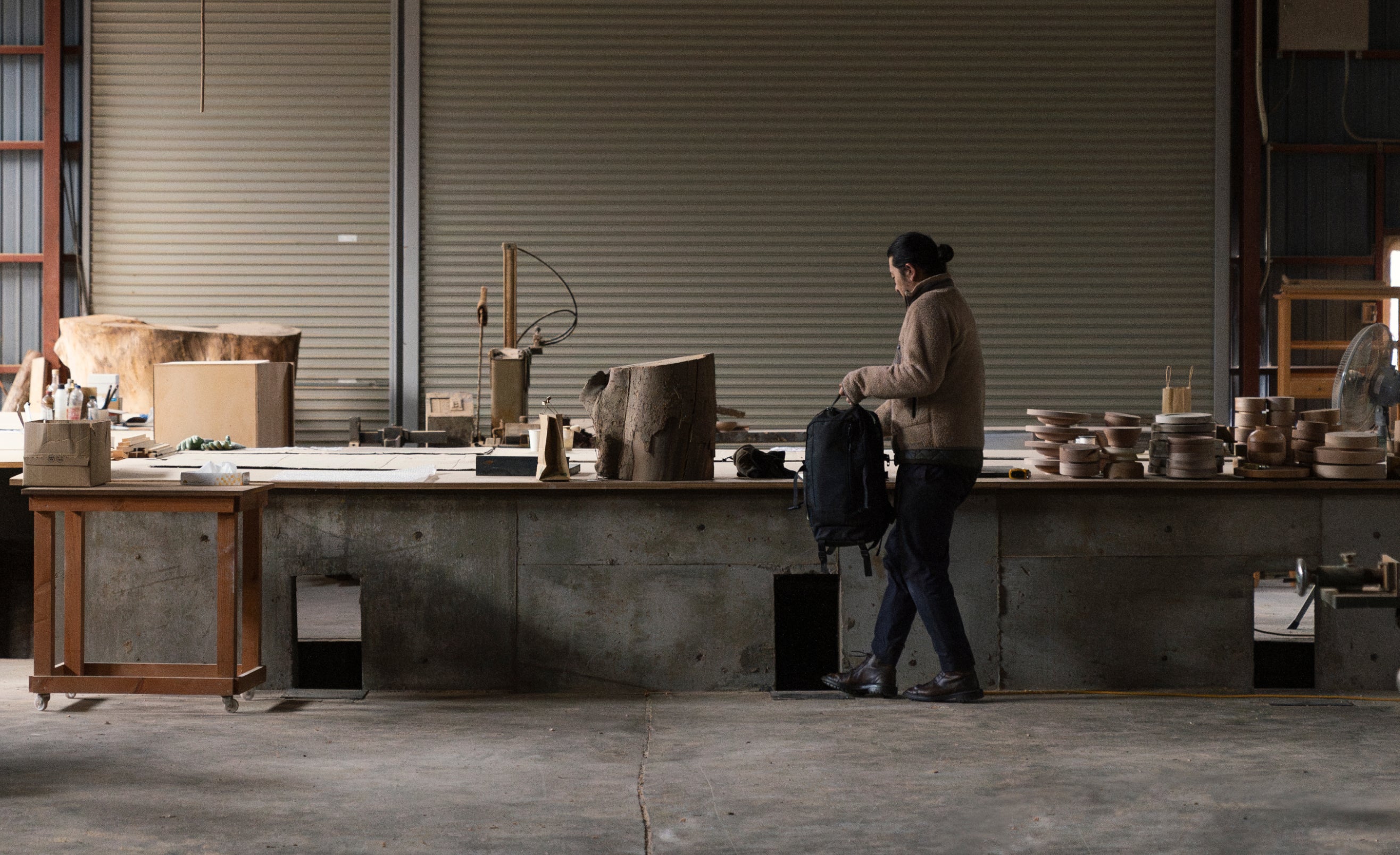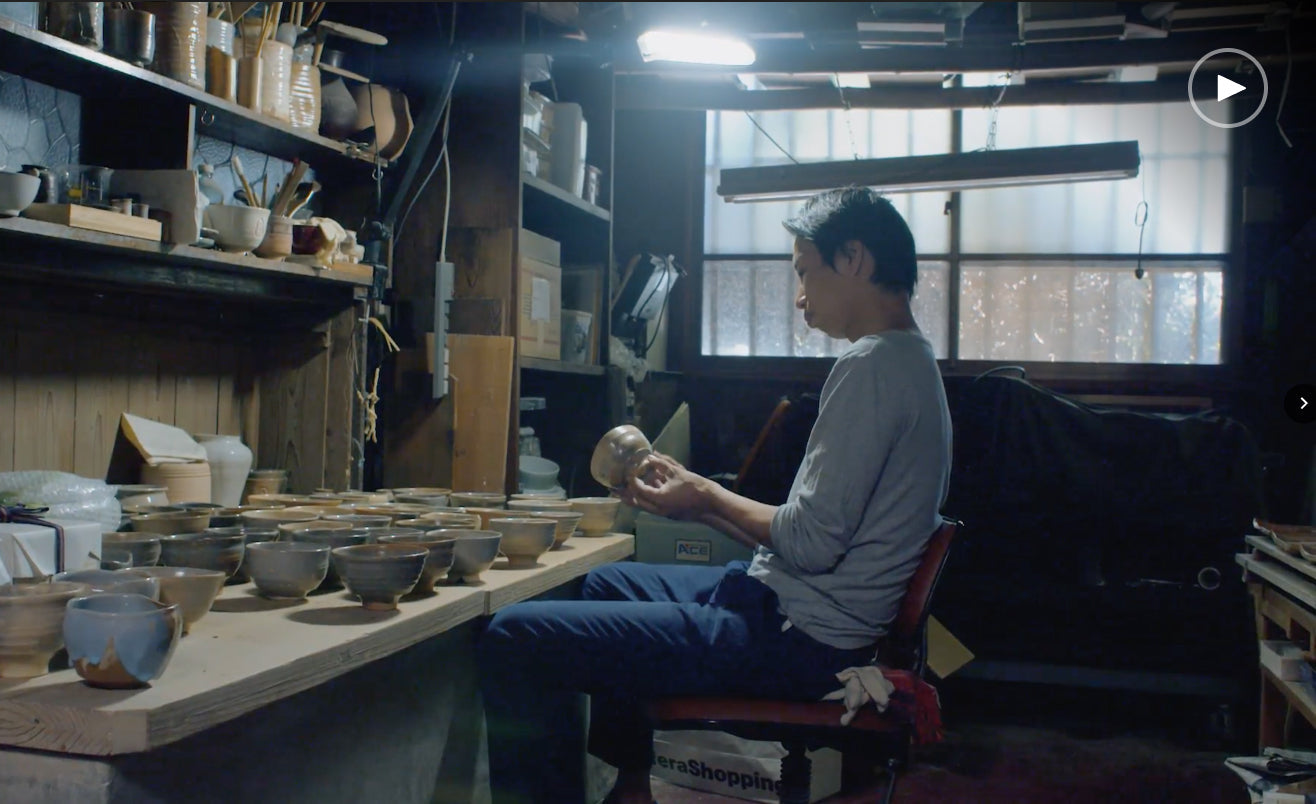Even before beginning the kintsugi-repair process, I always recommend repairers to incorporate Step 0: preparing a patient chart. It’s a thorough assessment of the piece in front of you. Is it cracked, chipped, or broken? Is it made of glass, wood, porcelain, or ceramic? Is it glazed or unglazed?
THE PURPOSE
The purpose of creating a patient chart is to determine how to approach the repair process. By taking the extra time to carefully evaluate the state of the piece, you squarely focus on small details that may have gone unnoticed otherwise. Being ahead of these small details in advance paves the way for a much smoother, and ultimately, more beautiful final repair.
THE EVALUATION
① Identify the fractures

Draw a sketch of identifying the location and type of the fractures. There are three types of fractures and most pieces that require repair are one or a combination of these three types.
CRACK

CHIP
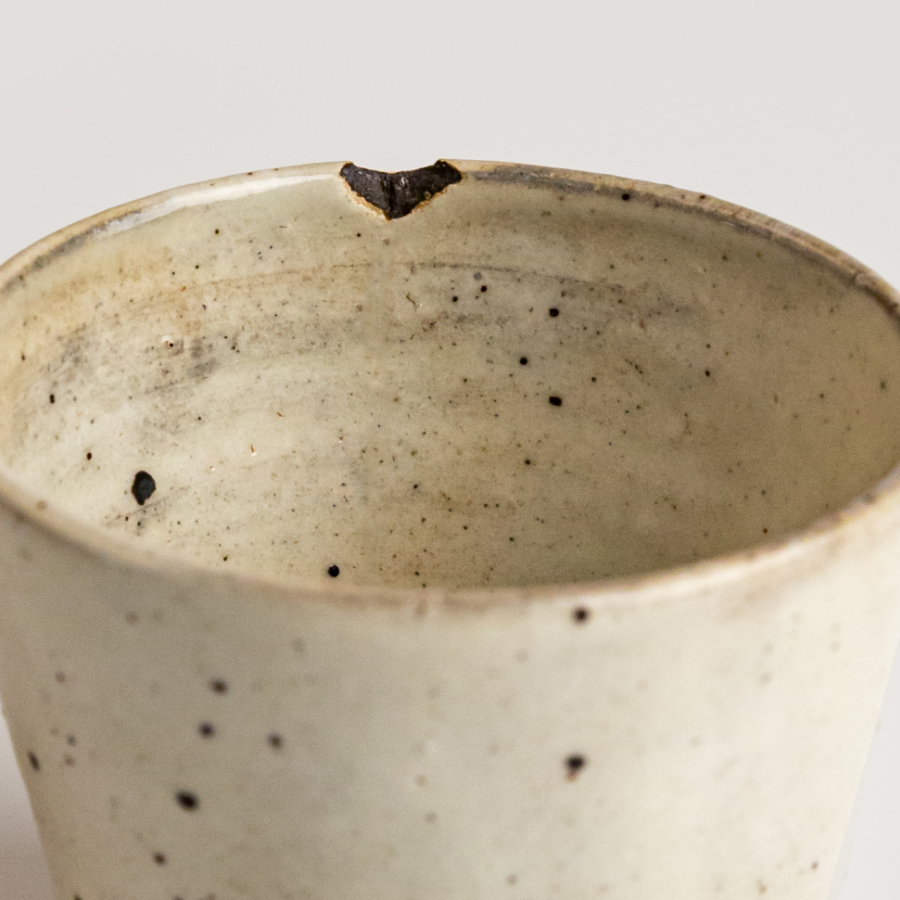
BREAK

② Identify the material
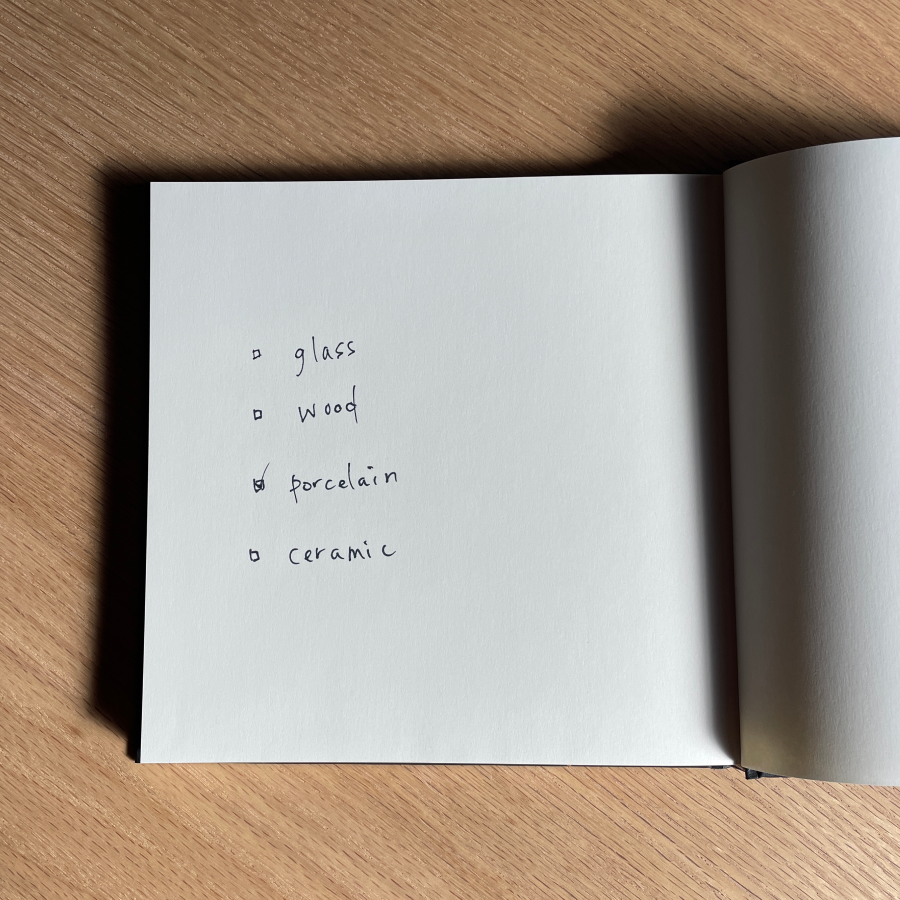
Now identify the type of material of the original piece. Is it glass, wood, porcelain, or ceramic. And also note whether the piece is a glazed in its entirety, only in parts (don't forget to check the bottom), or not at all.
THE TREATMENT
Most often than not, we will start by repairing breaks, followed by cracks, and then chips. If the piece is made of porcelain, there are a couple additional steps that are necessary. Porcelain is a much denser material than ceramic so small scars are made using a diamond file along the fractured surfaces so that urushi can absorb more easily. Dilute kiurushi with a bit of turpentine and brush it onto the fractured surfaces, leave for about 20 - 30 minutes, and tissue of excess kiurushi. This short process prepares porcelain for repair. If the piece is unglazed, unglazed in parts, or only lightly glazed, use masking tape to protect surface areas that are not being repaired so that urushi does not stain unnecessary parts of the piece.
